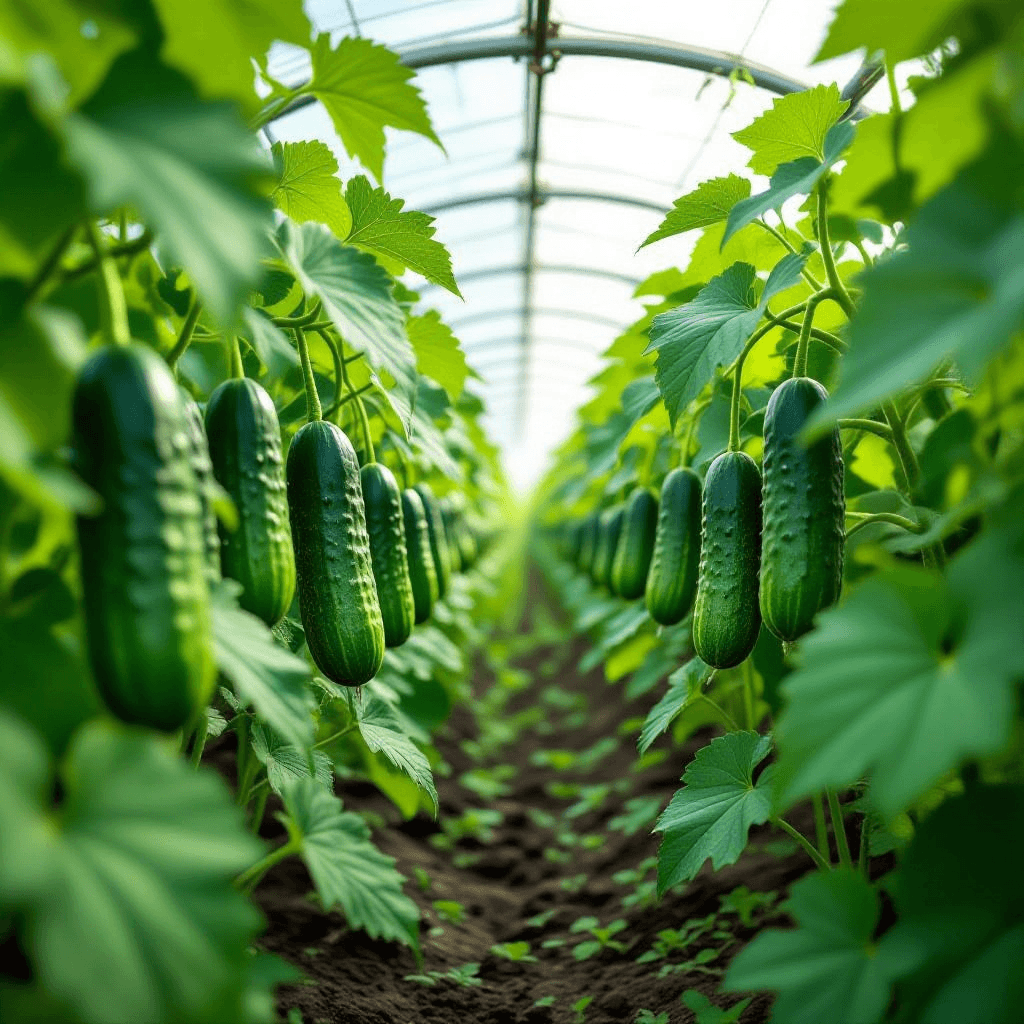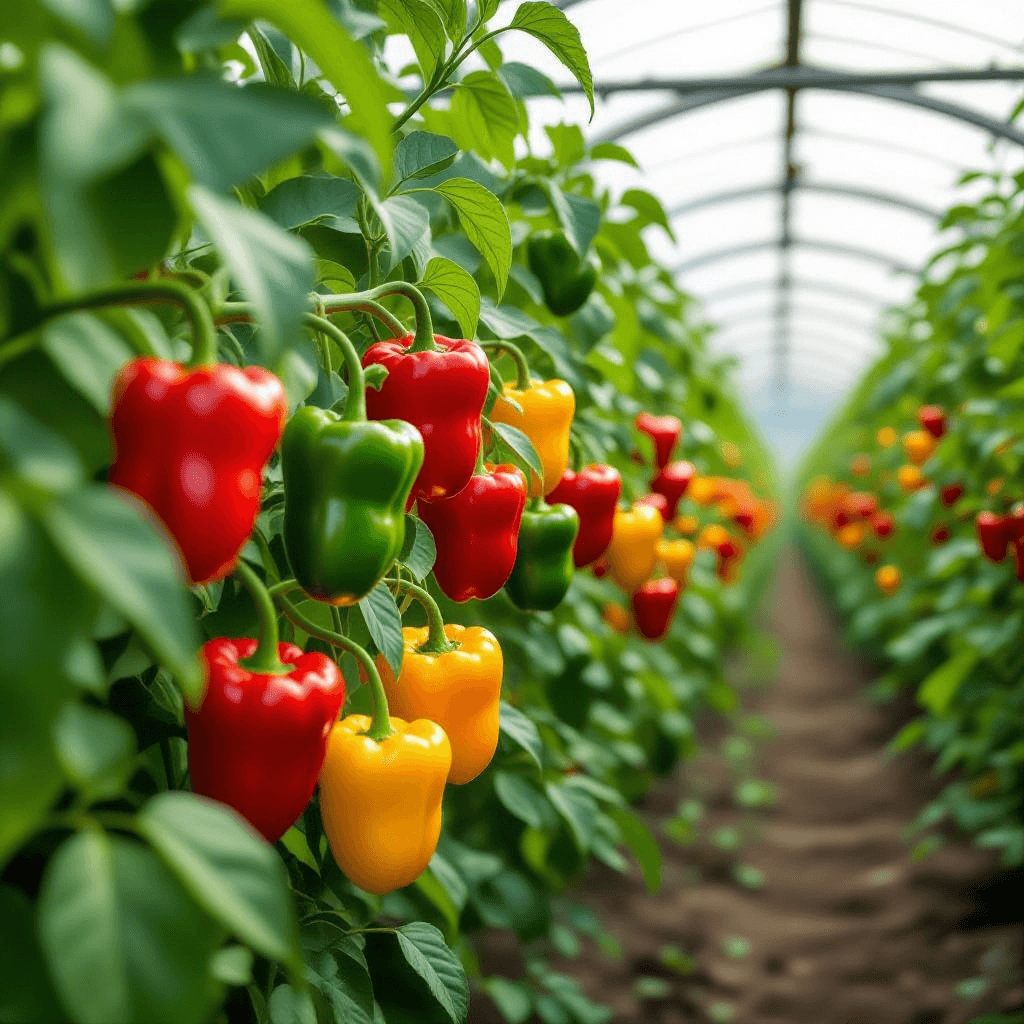Understanding Shade in Your Garden
Shade is a critical factor in gardening that influences which plants can thrive in a given environment. In the context of gardening, shade can be categorized into three main types: full shade, partial shade, and dappled shade. Full shade refers to areas that receive less than three hours of direct sunlight each day. This type of shade is often found underneath dense tree canopies or on the north side of buildings. In full shade, plant growth is typically slower, and only shade-tolerant species are likely to flourish.
Partial shade, on the other hand, receives between three to six hours of sunlight daily. Areas that experience partial shade are often located near taller structures or under the branches of trees. Vegetables that thrive in this light condition can benefit from the filtered sunlight during part of the day while avoiding the intense heat associated with full sun exposure. Dappled shade, characterized by light that filters through leaves, can create varied light conditions throughout the day, making it suitable for a diverse array of shade-loving vegetables.
The relationship between sunlight and plant growth is crucial, as sunlight serves as the primary energy source for photosynthesis. While many traditional vegetables prefer full sunlight, certain varieties are well adapted to lower light levels. Gardeners working in shaded areas should take particular care to assess the type of shade present in their garden and choose plants accordingly. Light conditions can greatly affect not only the growth rate but also the flavor and nutritional content of the vegetables. Nevertheless, with thoughtful plant selection, even gardeners with limited sunlight can cultivate a successful vegetable garden, proving that shade does not equate to a lack of productivity.
Top Vegetables for Shaded Areas
Gardeners with limited sunlight often face challenges when selecting vegetables that can thrive in shaded areas. Fortunately, several vegetables exhibit impressive adaptability to low-light conditions, enabling successful cultivation in these environments.
Leafy greens are among the top choices for shaded gardens. Spinach and lettuce are particularly well-suited to low-light environments. Spinach prefers temperatures between 50°F and 60°F and can continue to produce throughout the cooler months. Rich in vitamins A and C, as well as iron and calcium, spinach is both nutritious and versatile. Lettuce, similarly, thrives in partial shade, offering various varieties that cater to different taste preferences. To maximize yield, regular harvesting of outer leaves encourages further growth.
Root vegetables also perform admirably in shaded areas. Carrots, for instance, can tolerate some shade, particularly during the hotter months. Preferring loose, well-drained soil, carrots provide an excellent source of beta-carotene and other essential nutrients. Radishes are another root vegetable option; they grow quickly and can be sown successively throughout the season. Their peppery flavor enhances salads and can improve soil health if left to flower.
Other shade-tolerant options include peas, which can be grown in partial shade and offer a sweet, crunchy addition to the garden. This cool-season crop thrives when temperatures range from 55°F to 70°F. Additionally, certain herbs, such as mint and parsley, are excellent choices for shaded gardens. Both herbs enjoy consistent moisture and can enhance culinary dishes while providing aromatic benefits to the garden.
By understanding the growing conditions, nutritional benefits, and specific cultivation tips for these vegetables, gardeners can maximize their yields, even in shaded environments. Exploring diverse varieties can lead to a successful and productive shade garden.
Tips for Successful Shade Gardening
Gardening in shaded areas can present unique challenges, but with the right strategies, one can successfully cultivate a variety of shade-loving vegetables. The foundation of a thriving garden, even in low-light conditions, lies in well-prepared soil. Start by testing the soil pH; most vegetables prefer a slightly acidic to neutral pH (6.0 to 7.0). Amend the soil with organic matter, such as compost or well-rotted manure, which can improve soil structure and fertility, ensuring that nutrients are available for your plants.
Watering is another critical aspect of shade gardening. Since shaded areas can retain moisture longer than sunnier spots, it is essential to monitor the soil moisture levels regularly. Frequent, shallow watering can encourage shallow root systems and may not nourish the plants adequately. Instead, opt for deep watering sessions that allow moisture to penetrate deeper into the soil, promoting healthy root development. Employing a drip irrigation system can also enhance moisture retention while minimizing fungal diseases associated with excessive surface moisture.
Mulching plays a vital role in maintaining soil quality and moisture. Applying a layer of organic mulch around your vegetables can suppress weeds, regulate soil temperature, and retain moisture during dry spells. Options include shredded leaves, straw, or grass clippings, which will eventually decompose, enriching the soil further. However, be aware of potential challenges in shade gardening, such as pest management and competition from nearby trees or structures. Regularly inspect plants for pests and diseases, employing companion planting techniques to naturally deter harmful insects. Additionally, be mindful of the shade cast by neighboring flora; pruning back overhanging branches can help in distributing light more evenly across your vegetable patch, ultimately improving their growth and yield.
Expanding Your Shade Garden: Beyond Vegetables
Creating a thriving shade garden involves more than just cultivating vegetables that flourish in low-light conditions. To enhance the appeal and function of your garden, consider incorporating a variety of companion plants, flowers, and herbs that also tolerate shade. This diverse approach will not only add aesthetic value but also promote a healthier garden ecosystem.
One of the key benefits of including companion plants in your shade garden is the attraction of beneficial pollinators. Flowers such as columbine, hostas, and certain varieties of astilbe can provide vibrant colors and delicate scents, drawing bees, butterflies, and other pollinators. These creatures are essential for maintaining the ecological balance and increasing the productivity of your garden. Moreover, the presence of flowering plants can deter pests and attract predatory insects that help control pest populations, ensuring a more sustainable gardening practice.
Incorporating herbs like mint, chives, and lemon balm can also enhance your shaded area. These herbs not only thrive in low-light environments but can also provide culinary delights, enriching meals with fresh flavors. Additionally, their growth can act as natural pest repellents, contributing to a healthier ecosystem within your garden. Diverse plantings can also create a lush, layered effect, giving your garden depth and interest.
Gardening in shade offers a unique opportunity for creativity and experimentation. Try mixing textures, colors, and heights to create a visually appealing arrangement. The challenge of a shaded environment can inspire innovative designs and plant pairings that you may not have considered in a sunlit garden. In essence, a shaded garden can be just as vibrant and fulfilling as any other garden, inviting you to explore and enjoy the unique charm it holds.


